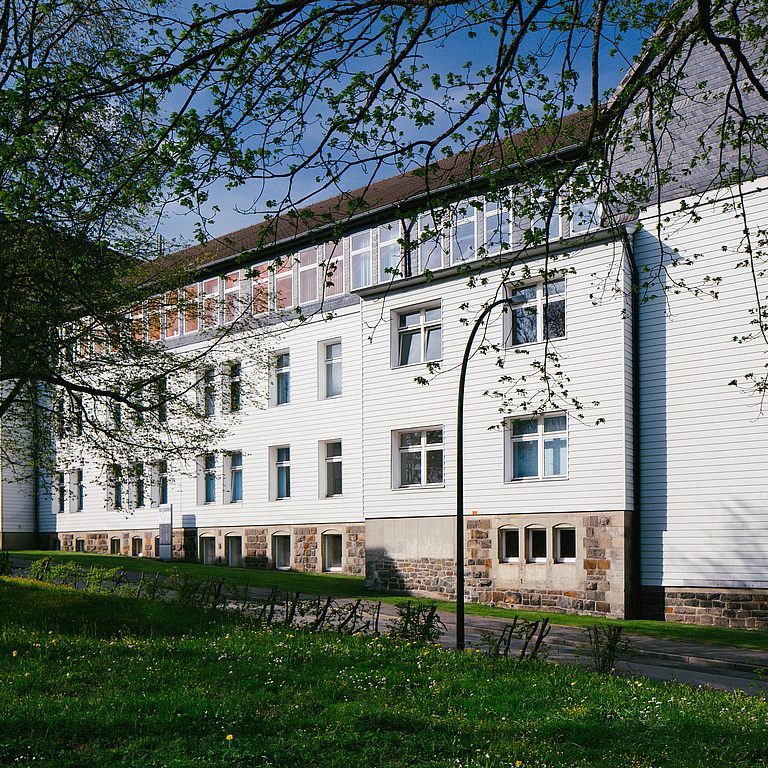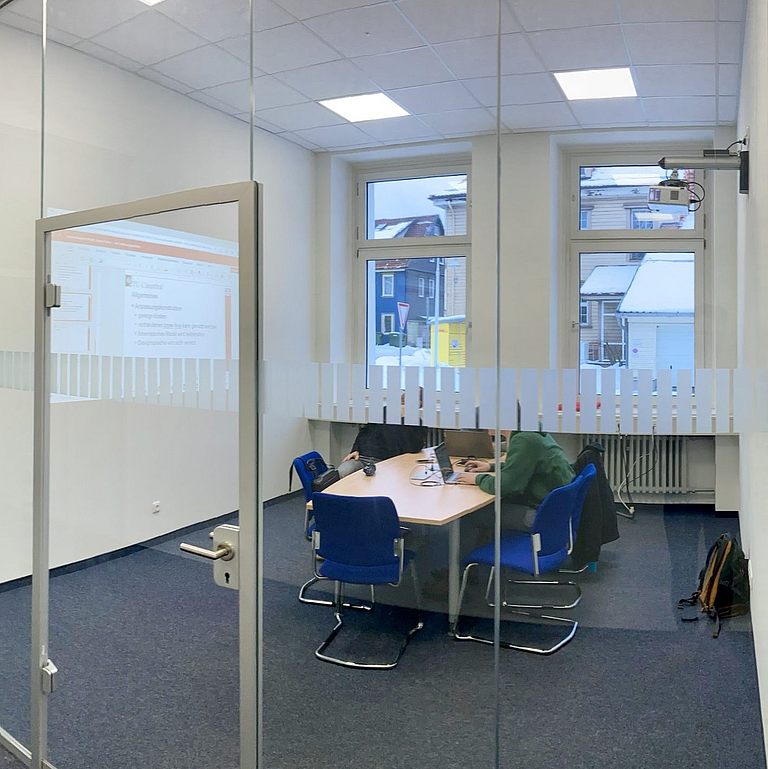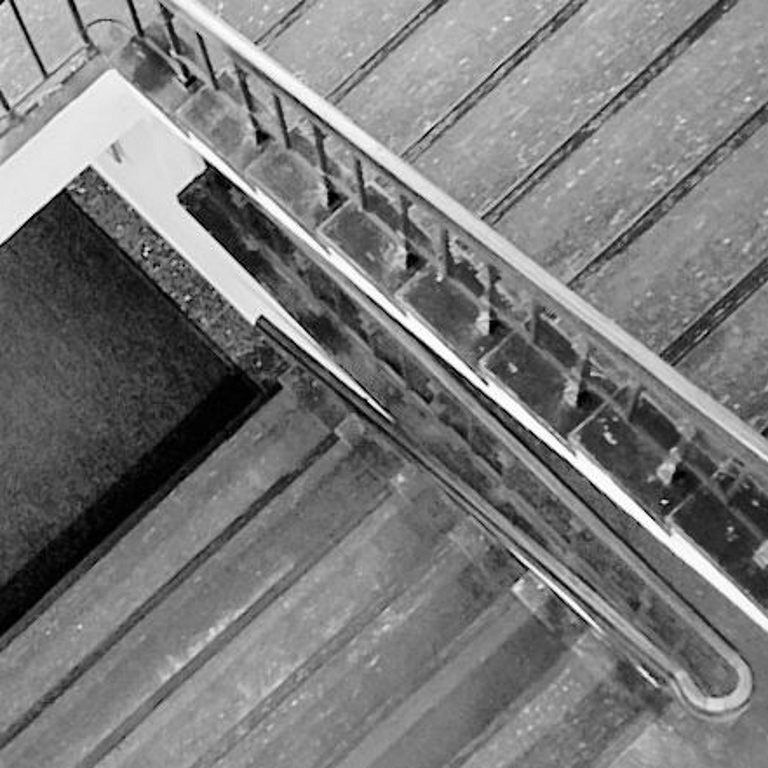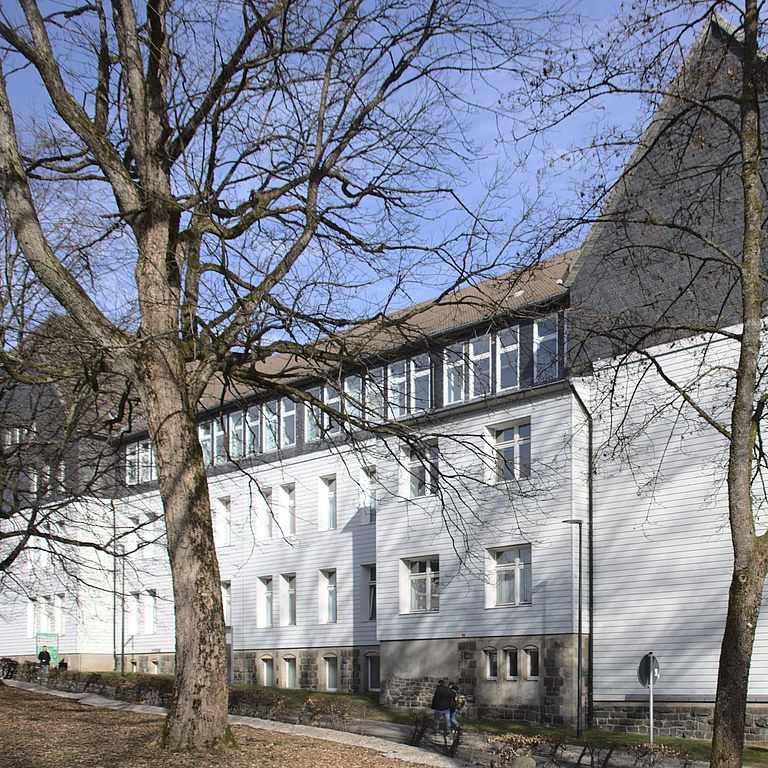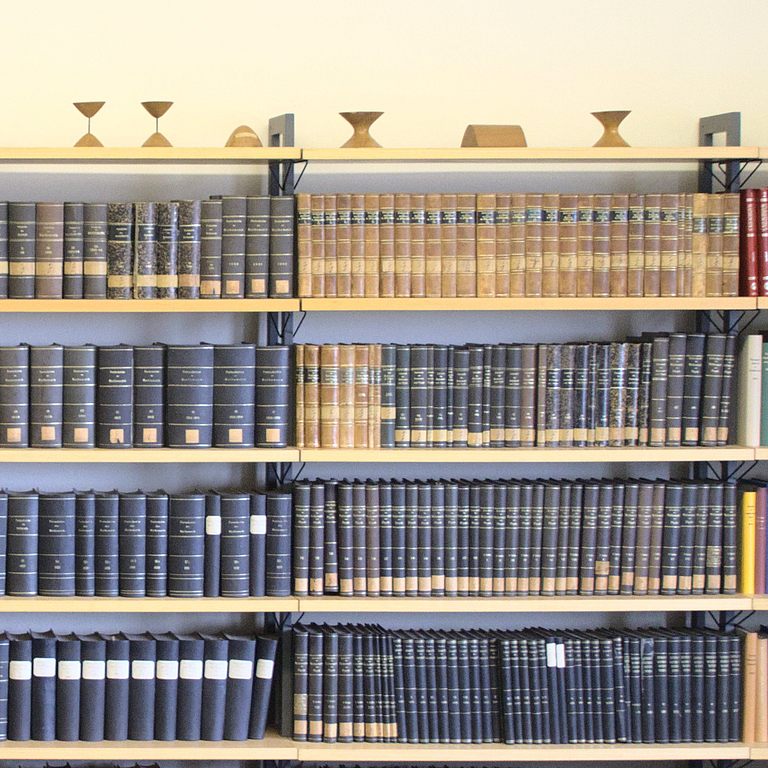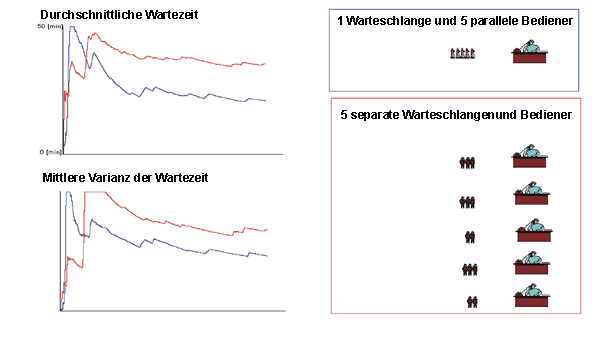Why one is chosing the wrong queue so often?
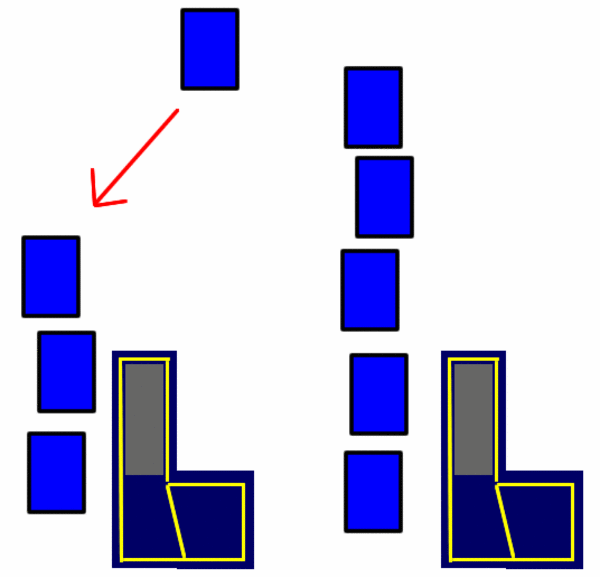
If there are multiple checkout queues like in the supermarket, one tends to line up at the checkout queue with the shortest queue to minimize the wait time.
Problem
But obviously this strategy is not guaranteeing to get the shortest waiting time. As the service times of the individual customers vary randomly (one has more in the shopping cart, the other less), it may happen that in the longer queue there are many small orders while there are time consuming tasks in the shorter queue. In this case you may have to wait longer in the shorter queue than in the long queue.
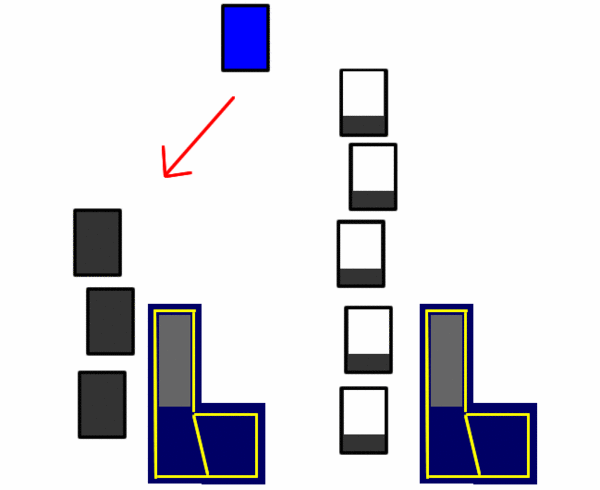
Mathematically it can be shown that this situation occurs more frequently, the more irregular the assignments of the individual customer are. (Conversely, if all work orders are of the same length, i.e. all customers have the same number of items in their basket, you will certainly be released faster at the shorter checkout queue.)
Example
To give a numerical example: Under the prevailing conditions in the supermarket, the probability that a queue consisting of 8 people is degraded faster than a queue of 5 people is about 19%. And even more extreme: The probability that a queue consisting of 10 people degrades faster than a queue of only 5 people, still amounts to approximately 9%. These are relatively high percentages. And so the impression is so often to be in the wrong queue.
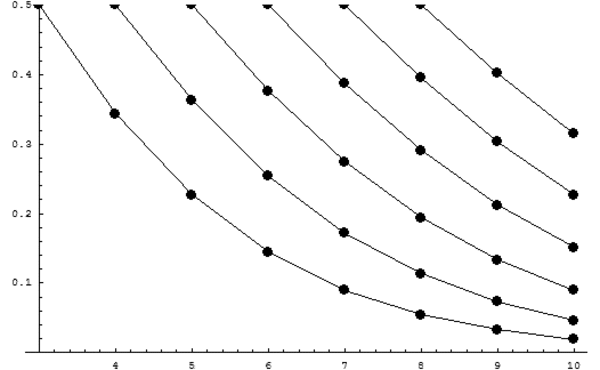
On the x-axis the number of customers in the longer queue and on the y-axis the probability to have to wait longer are denoted. The lowest curve represents "3 customers in a queue" and the top of "8 customers a queue ". The leftmost point of each line is a probability of 50%, which is also plausible. Because if 3 customers are in their own queue and 3 customers in the other queue, so the probability that you have to wait longer, just 50%.
